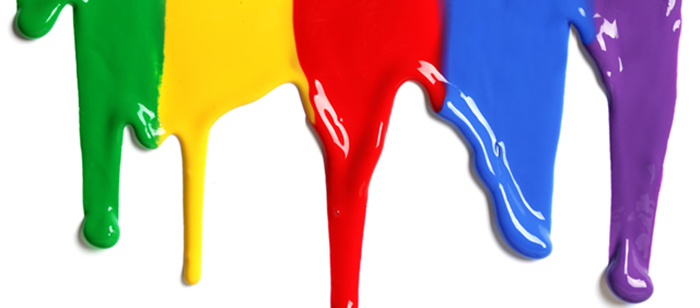
Ph.D. Dissertation Proposal
The Modeling Equation: Solving the Physically-Based
Modeling and Animation Problem with a Unified Solution
Yu Wang
11:00am Monday, June 3, 2013, VANGOGH Lab, ITE 352
Physically-based modeling, i.e. the ability to model sophisticated geometrical shapes and objects in complex physical environments, is an important and popular research area in computer graphics, especially in animation and modeling. Rigid body dynamics studies how solid objects react to external forces without considering collisions (unconstrained), or the interaction between rigid bodies without inter-penetration (constrained). Deformable object modeling accounts for the effects of material properties, external forces, and environment constrains on object deformation. Fluid simulation in computer graphics heavily studies efficient way of solving and/or approximating the physically-based Navier-Stokes equations.
It’s difficult to account for these behaviors from a mechanics point of view, but they have analogous rheological equations. To be exact, rheology studies deformation and flow of matters by accounting for the movements of particles that comprise the material relative to each other. There are three different rheological properties: if we apply definite forces to a material to make it reach a definite deformation, and the deformation goes back when the forces are removed, the material is elastic; if the deformation remains permanent, the material is plastic; or under definite forces, the deformation keeps increase without a limit, the material flows.
I’m proposing to create physically-accurate material behaviors using a generalized formulation based on rheological theories, i.e. kinematic and dynamic properties of rigid bodies, deformable objects, fluid-like materials can be represented by the same formulation with different weights to their rheological properties.
Committee: Drs. Marc Olano (Chair and Advisor), Matthias K. Gobbert (Mathematics and Statistics), Penny Rheingans, Lynn Sparling (Physics), Jian Chen